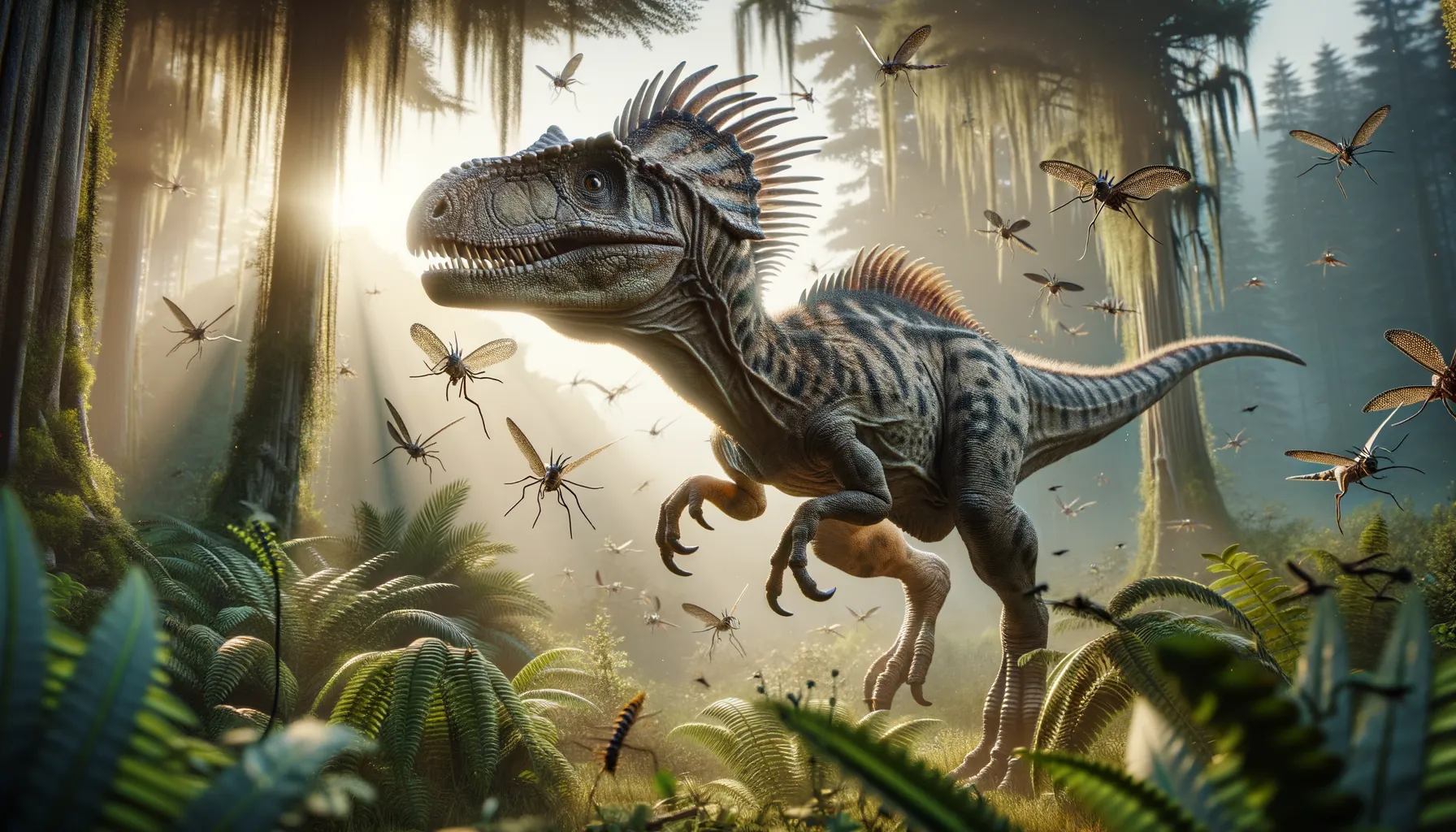
Albertonykus
Tiny predator with a taste for termites!
Period
Cretaceous
Length
Roughly 1 meter in length.
Height
Approximately 1 meter tall.
Weight
Around 1.5 kg, similar to a large bird.
Albertonykus was a small theropod dinosaur known for its compact size and specialized insect-based diet. Unique among its contemporaries due to its peculiar adaptations, it had a lightweight build and was part of the Alvarezsauridae family. While small, it played a key role in its ecosystem, helping control insect populations. Its characteristics provide valuable insights into the evolutionary pathways of theropods during the Cretaceous period.
Diet
Albertonykus primarily fed on insects, using its specialized claws and teeth to extract insects, like termites, from burrows or nests. Its adaptation to an insect-based diet set it apart from other larger theropods.
Hunting
Albertonykus used its sharp claws and nimble agility to hunt for insects hidden within wooden structures. It likely relied on stealth and speed to access food sources rich in protein and essential nutrients.
Environmental challenges
Living in the Late Cretaceous, Albertonykus faced environmental challenges like fluctuating climates and competing with other insectivores for food. Adapting to insect abundance and changing ecosystems would have been crucial for survival. Predation from larger dinosaurs and disruptions in insect populations could pose additional risks.
Speed
Relatively quick on its feet for its size.
Lifespan
Estimated to live a few decades.
First discovery
Discovered in the Late Cretaceous sediments in Alberta, Canada.
Fun Facts
- Albertonykus was a small dinosaur about the size of a chicken, making it one of the tiniest theropods discovered.
- It lived approximately 70 million years ago during the Late Cretaceous period in what is now known as Alberta, Canada.
- Despite its tiny size, Albertonykus was a theropod, a group that includes the mighty Tyrannosaurus rex.
- This dinosaur had long, slender claws, which suggests it might have been well-suited for digging to find insects like termites to eat.
- The name Albertonykus means 'claw from Alberta,' named after the place where it was first discovered.
- Albertonykus had a feathered covering, which is evidence of the evolutionary link to modern birds.
- It is part of a group known as Alvarezsauridae, which are known for their small size and specialized insect-eating habits.
Growth and Development
Albertonykus experienced rapid growth during the early stages of its life, reaching maturity quickly due to its small size. Its development followed a pattern typical of small theropods, with a well-defined skeletal structure adapted for its specific ecological niche. This enabled it to adapt effectively and promptly to environmental changes.
Habitat
Albertonykus inhabited forested regions with ample insect populations, vital for its survival. These environments provided not only food but also shelter from larger predators. Coastal plain ecosystems with diverse flora and fauna would have offered an ideal habitat for finding food and evading competition.
Interaction with other species
Despite its small size, Albertonykus likely engaged with other species, competing for food resources with similarly sized dinosaurs. Its presence contributed to insect population control, impacting the ecosystems it shared. Larger predators might have preyed on it, while it also coexisted with non-threatening herbivores.
Natural lifespan
Albertonykus had a natural lifespan typical of small theropods, around a couple of decades.
Reproduction
Albertonykus likely engaged in reproductive behaviors similar to modern birds, possibly constructing nests in safe areas. It probably laid several eggs at a time, ensuring some offspring survived to adulthood despite predation and environmental threats.
Social behaviour
Though primarily a solitary forager, Albertonykus may have exhibited some social behaviors during breeding seasons. Seasonal social structures might have existed, enhancing its ability to find mates and defend territories. Understanding such behavior sheds light on the social dynamics of smaller theropods.
Fossil locations
Fossils of Albertonykus have been found in the Upper Cretaceous strata of Alberta, Canada. These findings contribute to understanding the distribution and ecological roles of Alvarezsaurid theropods. The fossils offer vital clues about their behaviors, habitats, and environmental conditions during their existence.
